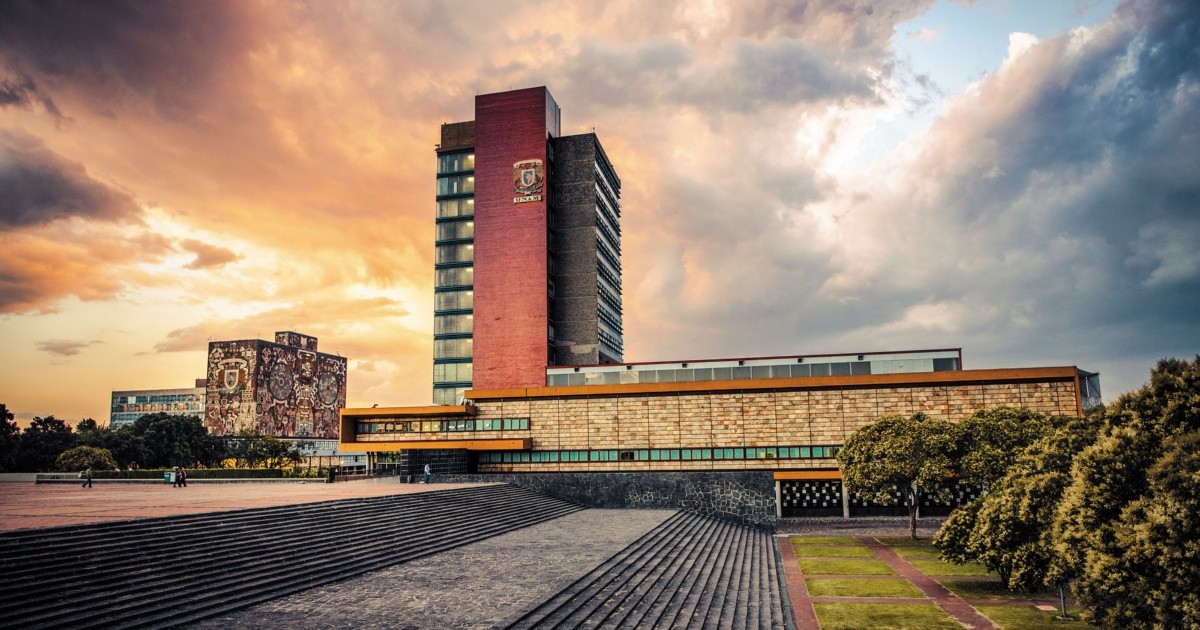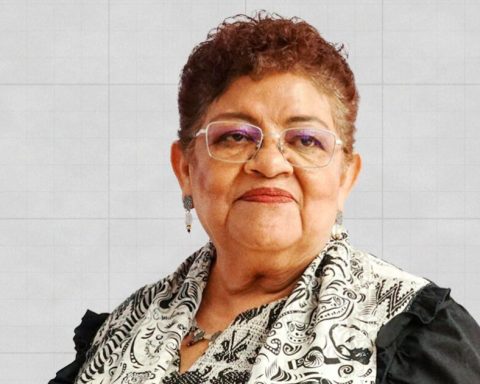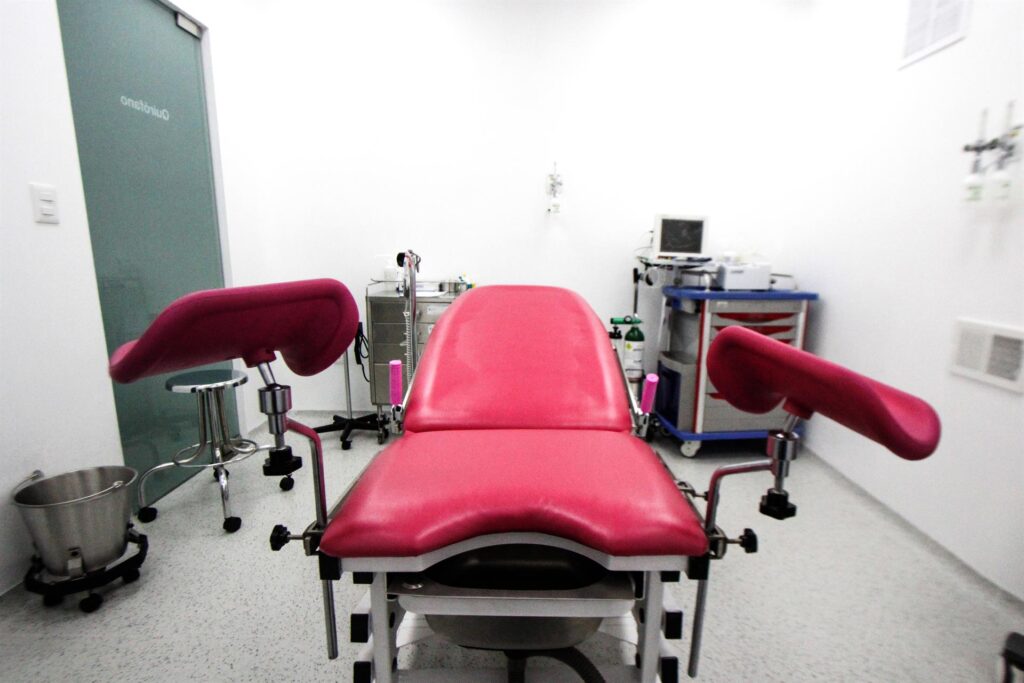Presidents, businessmen, film directors and even Nobel Prize winners have graduated from UNAM; The highest house of studies has educated millions of professionals and for a large part of the population it has meant an important step in social mobility.
It is curious then that, being the UNAM an institution that has contributed to reducing the educational inequality gaps in the country, within the university the inequality between its teaching and administrative staff is so great.
In his econometric exercise, the economist and professor at the Faculty of Economics at UNAM, Carlos Guerrero de Lizardi, estimated that the Gini coefficient would rise to 0.65 (the closer to 1 reflects a wider inequality gap).
This implies that, labor-wise, the university allocates a good part of its resources to a small elite of teachers and administrative staff compared to the subject teachers who, in addition, teach 70% of the classes.
The level of inequality in the cougar community not only involves wages and salaries, but also benefits and other labor rights. Being a full-time teacher or staff means receiving much higher salaries, not having to renew contracts and having transfers paid by UNAM for the car, gasoline and even the driver. On the other side of the coin, subject teachers do not even have their employment guaranteed beyond the semester in turn.
To get an idea of how wide the inequality gap is within the highest university, the study offers the comparison of the Gini coefficient for the most unequal countries in the world, such as South Africa, and even so the estimate for 2020 in UNAM is bigger.
















